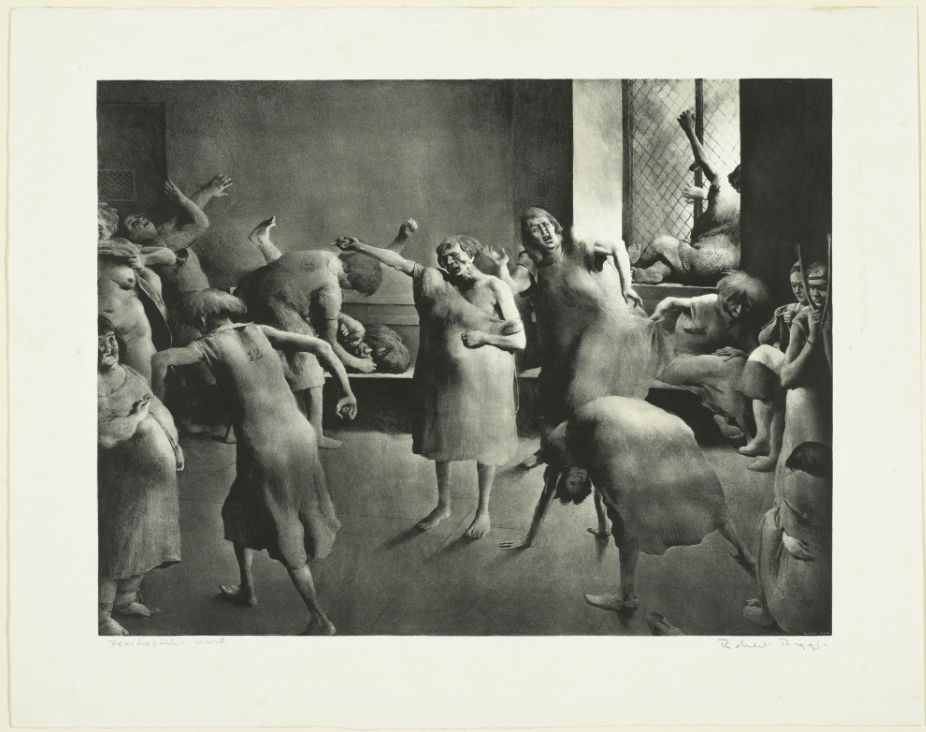The research project “Actors, ideas, and practices in psychiatry and the social construction of differences (Rio de Janeiro, 1903- 1954),” coordinated by Ana Teresa A. Venancio with the participation of students in the History of the Sciences and of Health graduate program, analyzes how psychiatry, through various social actors, ideas and practices, contributed to the social construction of differences in Rio de Janeiro in the first half of the twentieth century.
As a product of this project, Ana Teresa Venancio presents the article “Classifying differences: the dementia praecox and schizophrenia categories used by Brazilian psychiatrists in the 1920s,” which analyzes the debate between two Brazilian psychiatrists on these two categories in the context of the institutionalization of psychiatry in Brazil. It compares papers presented by the psychiatrists Henrique Roxo and Murillo de Campos at the 3rd Brazilian Conference on Neurology, Psychiatry and Forensic Medicine held in July, 1929 by the Brazilian Neurology, Psychiatry and Forensic Medicine Association in Rio de Janeiro and published the same year in the official journal of this scientific association,Arquivos Brasileiros de Neuriatria e Psiquiatria.
The author notes that, during this period, this diagnostic controversy represented different degrees of adherence to a concept of the modern subject that of the divided self. The article describes how this diagnostic naming, defining and classifying process developed in conjunction with the debate on and affirmation of the difference between what should and should not be considered phenomena related to mental pathologies. Analyzing the space granted to the psychiatrists Henrique Roxo and Murillo de Campos by their peers, and the manner in which they adapted the European knowledge that produced the nosological categories dementia praecox and schizophrenia, the study demonstrates how these two individuals interpreted the diagnoses in question. From this perspective, the study situates the existence of a conflict between a more clear and unrestricted adherence to the category schizophrenia and its association with the influence, at the time, of Freudian psychoanalytic concepts on Brazilian psychiatry synthesized in the idea of the divided self and the defense and maintenance of a medical perspective more anchored in anatomopathological knowledge and less related to considerations on the psychodynamic character of mental pathologies.
The article “Classifying differences: the dementia praecox and schizophrenia categories used by Brazilian psychiatrists in the 1920s” by Ana Teresa A. Venancio was recently published in the journal História, Ciências, Saúde Manguinhos, Rio de Janeiro, v.17, supl.2, Dec. 2010, p. 327-343.







